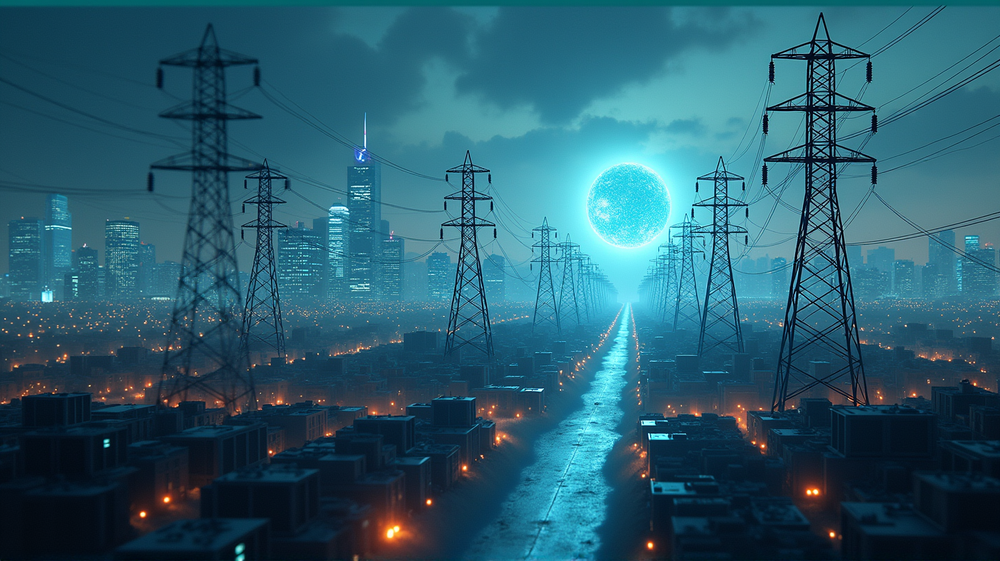HARRISBURG, Pa. (AP) — In the digital age, data centers stand as both giants and villains, casting a shadow over the increasing cost of our electricity. As these behemoth data centers, run by tech giants like Microsoft, Google, Amazon, and Meta, require more power than entire cities like Pittsburgh or New Orleans, states are standing on a fragile precipice. The question is: how do we balance the power needs of the few with the economic strain on millions?
A Looming Crisis
For some time, legislators have been aware of the growing pressures on power grids. As Charlotte Shuff from the Oregon Citizens’ Utility Board laments, there’s “a massive outcry” from consumers as their bills rise. Despite that, no state seems to have an effective solution at hand.
According to Ari Peskoe from Harvard University, the infrastructure being built for these power-hungry data centers does not align with traditional models, where costs are distributed proportionally to usage. “Some of the fundamental assumptions behind all this just kind of break down,” he says, hinting at the complexity and urgency of the dilemma.
States Begin to Act
States such as Pennsylvania, Oregon, and New Jersey are stepping up their game. There is a collective push to ensure data centers shoulder a fair portion of the costs. Oregon, for instance, recently enacted legislation aimed at establishing higher power rates for these centers.
Despite the efforts, the effectiveness of these measures remains uncertain. With utilities offering “special deals” to attract these tech giants, it seems like the scales are tipping in favor of Big Tech, leaving everyday ratepayers in a pinch. As stated in The Albertan, this has sparked concerns that regular ratepayers are subsidizing the growth of tech-driven energy demands.
Counting the Cost
Tricia Pridemore of Georgia’s Public Service Commission argues a tightened supply and elevated infrastructure costs as culprits. Yet, the data tells a different story: Monitoring Analytics research attributes 70% of last year’s power costs increase in the mid-Atlantic to data centers. States are left grappling with whether Big Tech’s rapid expansion justifies this burden on average consumers.
Striking a Balance
In places like Indiana, settlements seek to forge peace between consumers and tech firms, ensuring some form of protection for the average Joe. However, challenges persist. In a report by Harvard University’s Environmental and Energy Law Program, questions arise as to whether regulators genuinely aim to shelter ratepayers or are swayed by the allure of big economic players.
Efforts to develop fairer rate structures press forward, but as Pennsylvania utilities chairman Stephen DeFrank highlights, real challenges lie in the balancing act of upgrading transmission without gouging the public.
This clash at the intersection of technology and public policy beckons a pressing dialogue. Will states succeed in reconciling the competing demand for cheap energy and tech advancement, or will consumers end up footing an ever-escalating bill?












